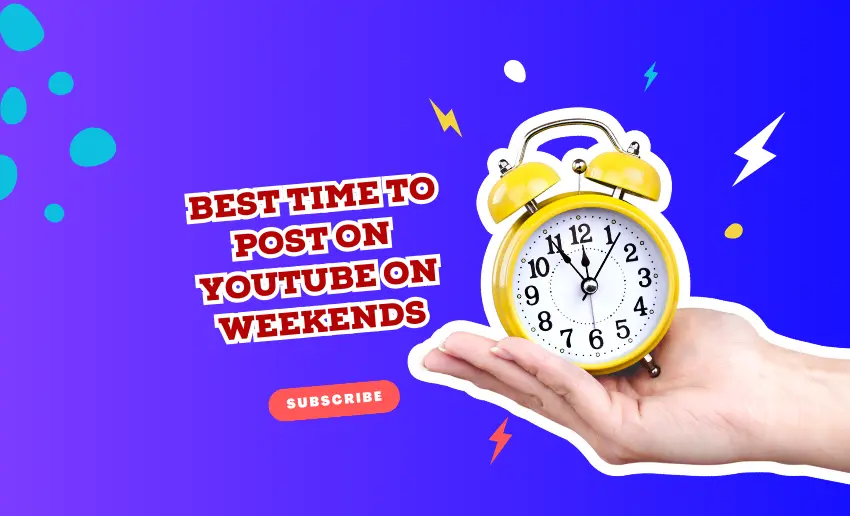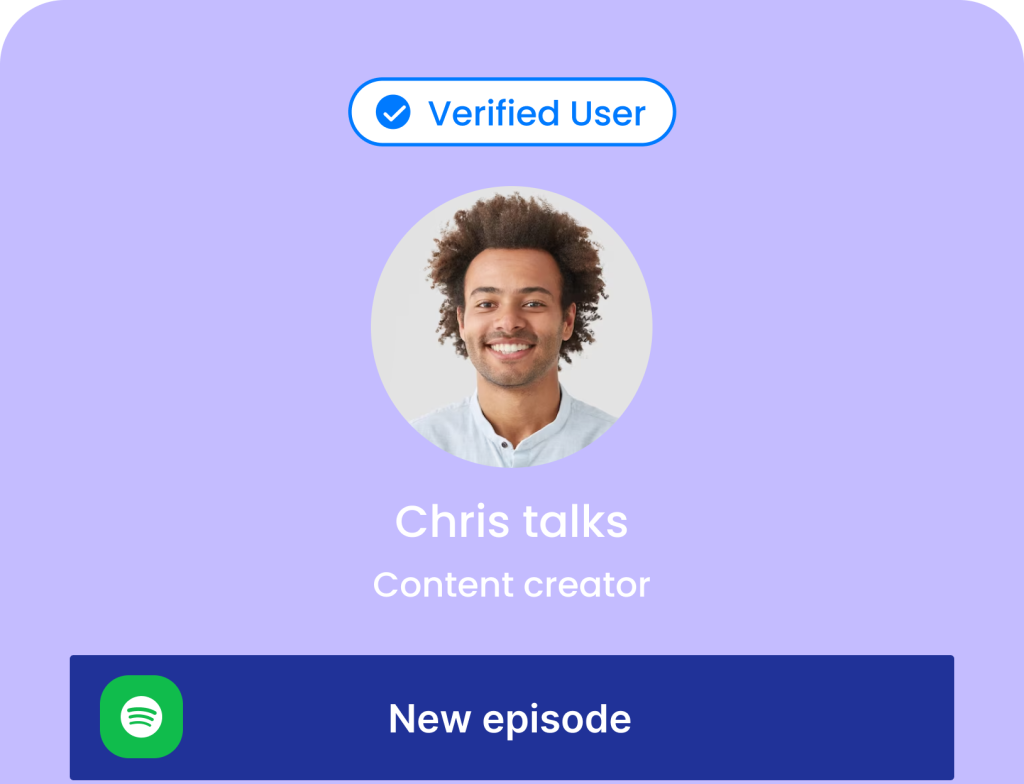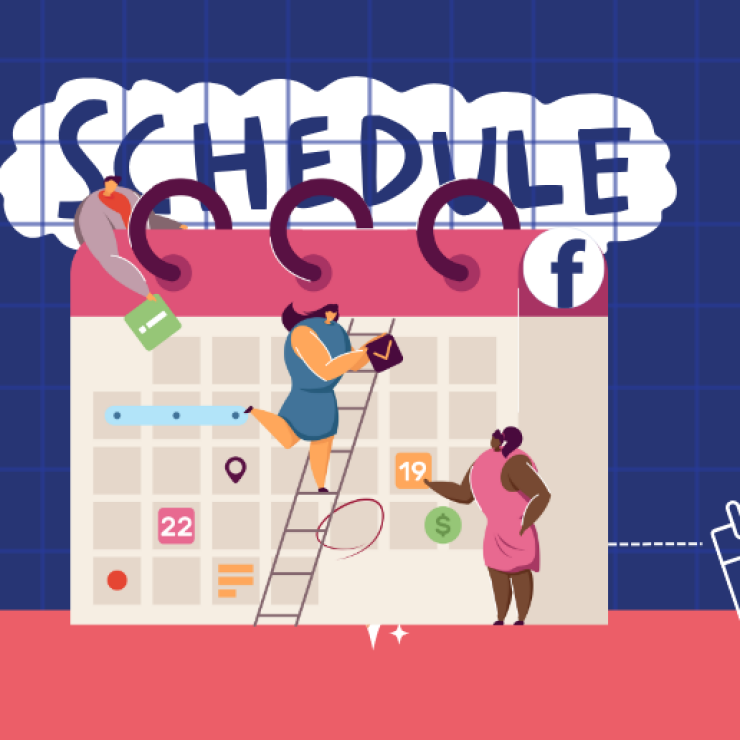YouTube remains a top resource for content creators and businesses wanting to grow their audience. The platform is very competitive because it can be so profitable. Knowing how YouTube works can make it easier to reach your target audience and get high rankings on the platform. Thankfully, timing is everything, and knowing the best time to post on YouTube on weekends can help you out.
While weekdays come with their own set of viewing patterns, weekends present unique opportunities to capture the attention of your audience. But when exactly should you hit that publish button on a Saturday or Sunday? In this article, we’ll show you the intricate dynamics of weekend viewer behavior. By the end, you’ll have a clear strategy for publishing your weekend uploads to ensure your content gets the attention it deserves.
Opinions vary on the best weekend time to upload content to YouTube. The ideal time to publish content often depends on your target audience and their behavior.
Best time to post on YouTube on a Saturday
On Saturdays, YouTube viewers often have more leisure time and are engaged in personal activities, leading to more consistent viewing throughout the day. This puts the best time to post on Saturday anywhere between 1 PM and 7 PM.
Early Saturday afternoon shows a peak activity period and high engagement rates, with content still fresh for evening viewers.
Best time to post on YouTube on a Sunday
Viewers might be preparing for the upcoming week, resulting in higher activity in the afternoon and evening as they wind down their weekend. This makes Sunday from 4 PM to 8 PM the best time to post on YouTube.
The evenings have a higher chance of getting high viewership, as people wind down for the day and are more likely to watch longer content.
YouTube viewer behavior on weekends
Understanding viewer behavior on YouTube on weekends can help you make the best decision on when to post. This is because YouTube audiences behave differently on weekends when there is more leisure and free time.
1. General viewer habits on weekends
On weekends, people tend to have more free time, which means they are more likely to spend extended periods watching videos on YouTube. This increased availability leads to a spike in viewership as audiences relax and indulge in their favorite content. Unlike the structured routines of weekdays, weekends offer a more flexible schedule, encouraging viewers to explore and engage with various videos.
2. Increased leisure time
Weekends provide a break from the usual hustle and bustle of work or school, giving people more leisure time to watch YouTube. This leisure time means viewers are more likely to watch longer videos, binge-watch series, and explore new content. Creators can take advantage of this by posting engaging, longer-form content that can capture the audience’s attention during their extended viewing sessions.
3. Variability in routine compared to weekdays
Compared to weekdays, weekends lack the rigid structure of work or school schedules. This variability means people may watch YouTube at different times throughout the day. Morning routines start later, and viewers may be more active in the afternoon and evening as they seek entertainment. Understanding this flexible viewing pattern helps creators choose the best times to post their videos.
4. Peak YouTube usage times on Saturdays and Sundays
On Saturdays, peak YouTube usage typically occurs in the afternoon and evening as people enjoy their day off and seek entertainment. Sundays also see high activity in the afternoon and evening but for different reasons.
As people prepare for the upcoming week, they are more likely to watch videos to relax before Monday. Identifying these peak times can help creators schedule their posts to maximize visibility and engagement.
Considerations for timing YouTube posts
1. Time zones
When posting on YouTube, it’s crucial to consider the different time zones where your audience lives. Posting at a time that suits your local audience might not be ideal for viewers in other parts of the world. To maximize reach, analyze your audience demographics to find a time that works for the majority, or consider posting at a time that effectively spans multiple time zones.
2. Geographic location
The geographic location of your audience affects their viewing habits due to cultural differences and regional routines. For instance, weekends might be more relaxed in some countries compared to others, where people might still have commitments. Tailoring your posting schedule to fit the habits of viewers in specific locations can help increase your video’s visibility and engagement.
3. User behavior
Understanding the behavior patterns of your audience is key to timing your posts effectively. This includes knowing when they are most active online, which days they prefer watching videos, and how their habits change on weekends. Tools like YouTube Analytics can provide insights into these patterns, helping you choose the best times to upload your content.
4. Engagement trends
Keeping track of engagement trends can help you determine the optimal posting times. Look at when your previous videos received the most views, likes, and comments. Identifying patterns in these trends can guide you in scheduling future posts. Engagement trends can also reveal peak times when your audience is most interactive, helping you post when your content is likely to get the most attention.
5. Type of YouTube content
The type of content you create can influence the best time to post. For example, educational videos perform better in the mornings when viewers are more focused, while entertainment videos do well in the evenings when people are winding down. Consider your content’s nature and when your audience is most likely to seek out that type of video to optimize your posting schedule.
Share more YouTube contents with your fans all from your link in bio page with Pushbio. Effectively get more eyes to view your contents and drive your audience from other platforms to YouTube with our YouTube block features.
6. Use YouTube analytics
YouTube Analytics is a powerful tool that provides insights into your audience’s behavior. By examining data such as peak view times, demographic details, and viewer location, you can determine when your audience is most active.
- Log in to your YouTube channel.
- Click your profile picture in the upper right corner and select YouTube Studio from the drop-down menu.
- In the YouTube Studio dashboard, click Analytics on the left sidebar.
- Under the Overview tab, select the Real-time tab on the right to view the timings that generated the most views.
This information helps you choose optimal posting times to maximize engagement and reach. Regularly reviewing and interpreting these analytics can guide you in making informed decisions about your posting schedule.
7. Testing and adjusting
Testing different posting times is essential to find what works best for your channel. Start by posting at various times and monitor the results, paying attention to views, likes, comments, and watch time. After gathering enough data, adjust your schedule based on what you’ve learned. This iterative process helps you refine your strategy, ensuring that your videos are posted when your audience is most likely to engage with them.
What is the worst time to post on YouTube on weekends?
The worst times to post on YouTube during weekends typically fall during periods when viewer activity is at its lowest. These periods are generally early mornings and late nights. Here are some specific times and reasons why they are considered the least effective for posting:
Early mornings (Before 9 AM)
- Low Viewer Activity: Most people are still asleep or just starting their day, leading to minimal engagement and views.
- Less Immediate Engagement: Videos posted early in the morning might not get immediate views and interactions, which are crucial for triggering the YouTube algorithm to promote your content.
Late nights (After 10 PM)
- End of Day Wind-Down: By this time, many people are winding down and preparing for bed, resulting in decreased online activity.
- Delayed Engagement: Posting late at night can mean your video sits idle for several hours before it starts to gain traction, which can negatively affect its performance in the algorithm.
Wrapping up
To maximize your reach and engagement on YouTube during weekends, it’s crucial to understand and utilize key strategies. Post during peak times when your audience is most active, typically in the late morning and evening. Creators can also use YouTube Analytics to track viewer habits and adjust their posting times accordingly. Your audience may have unique behaviors and preferences, so don’t hesitate to experiment with different posting times.








